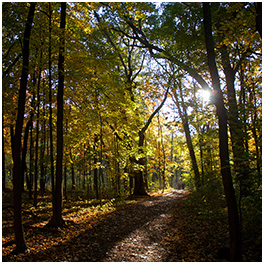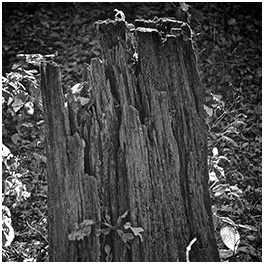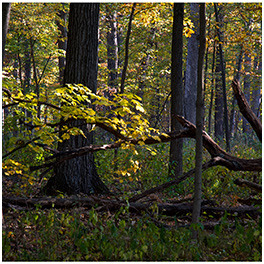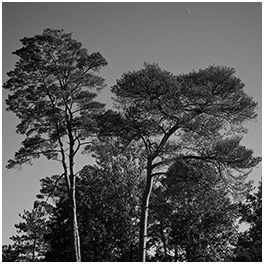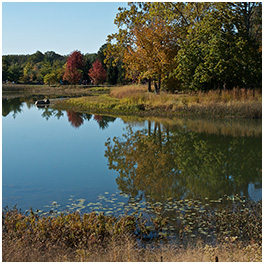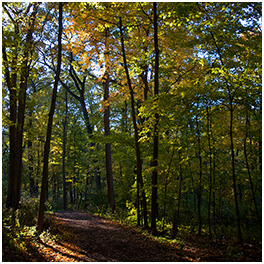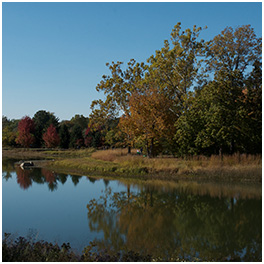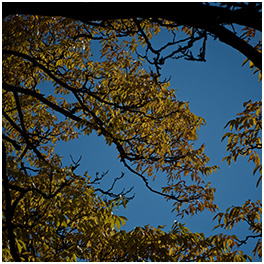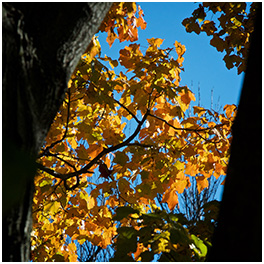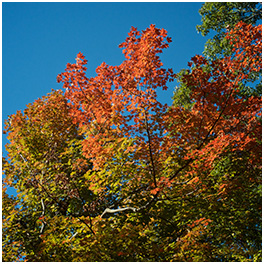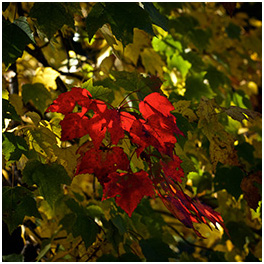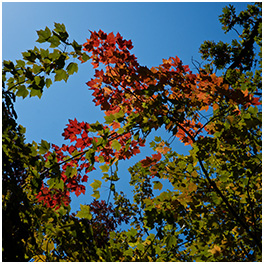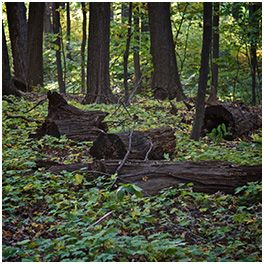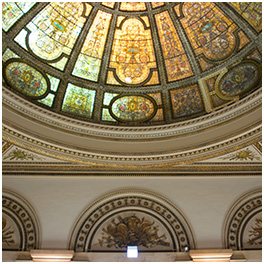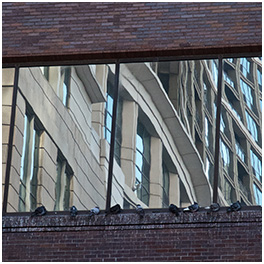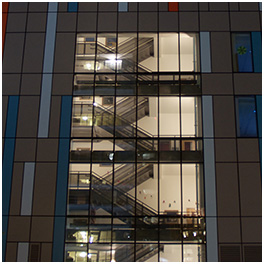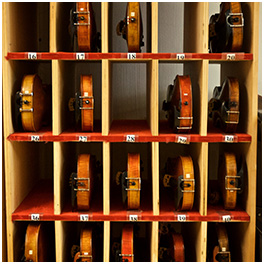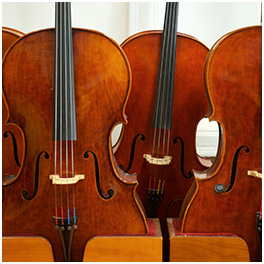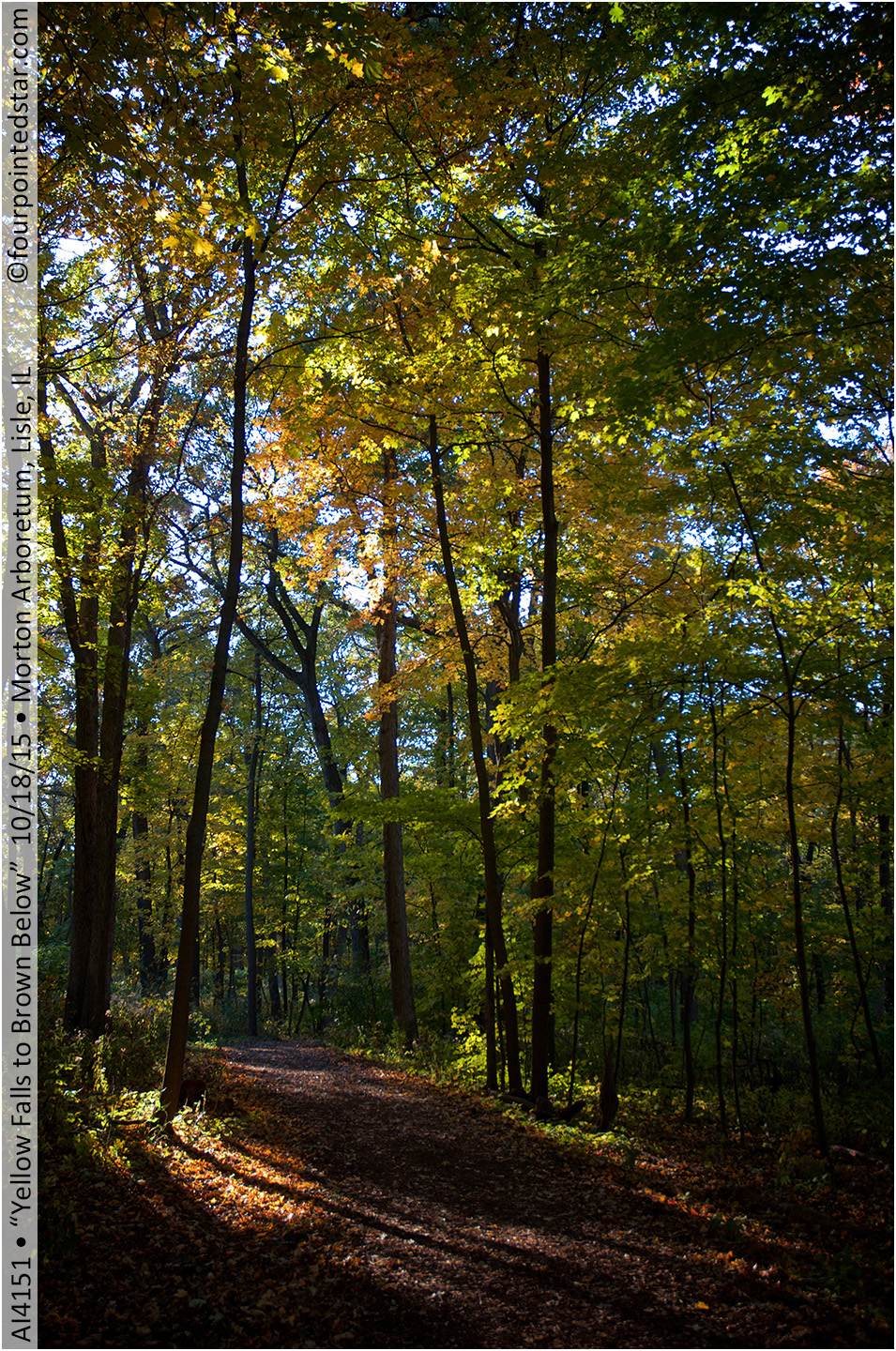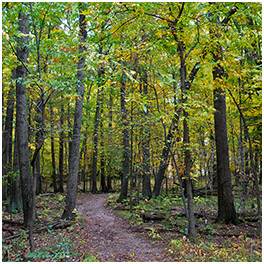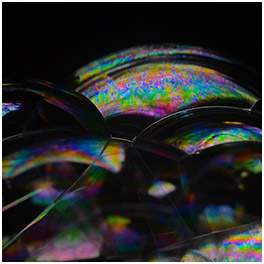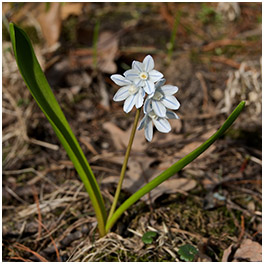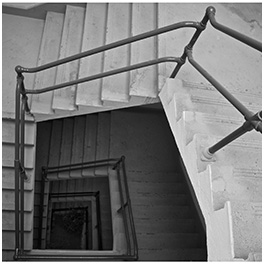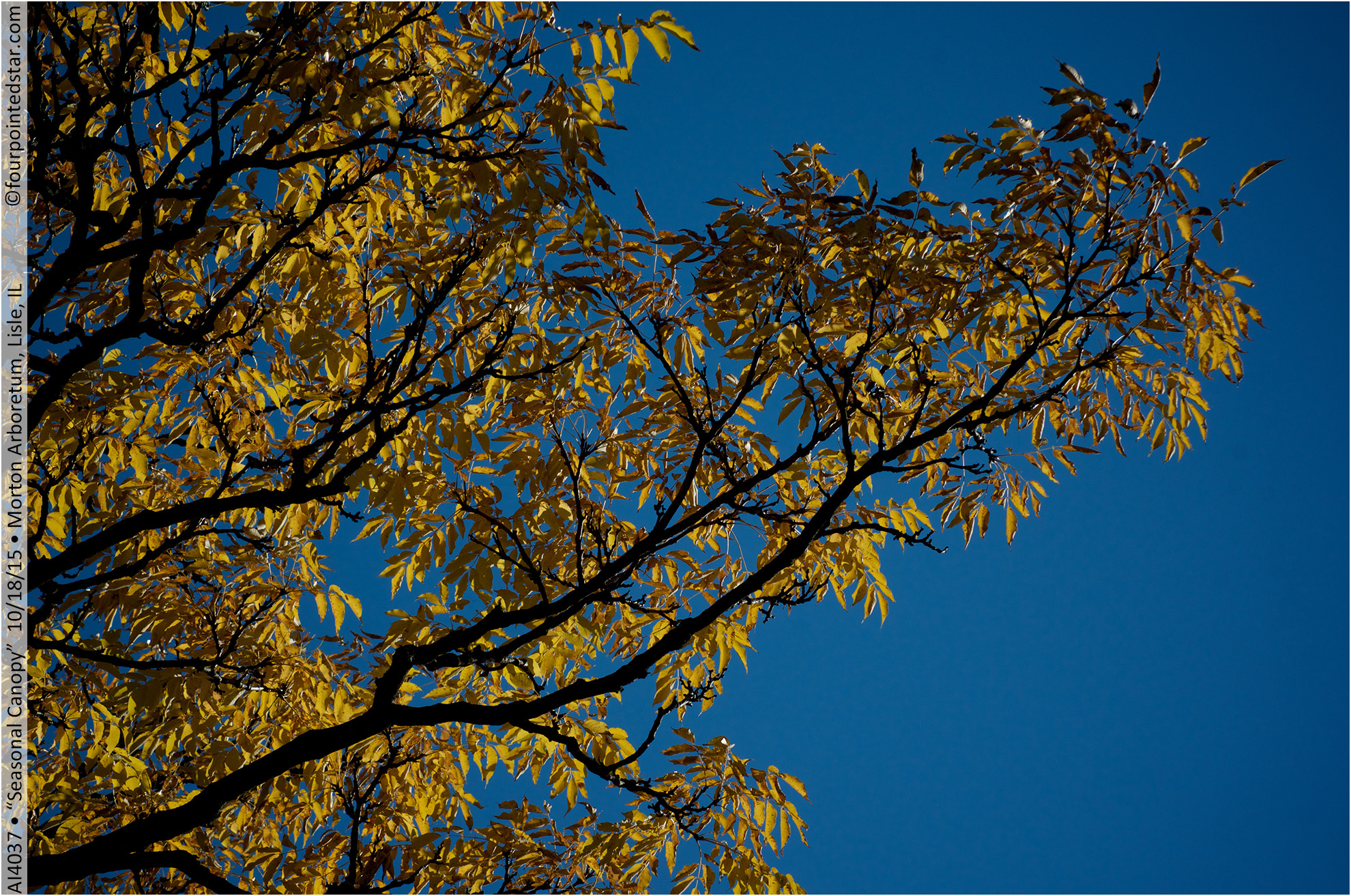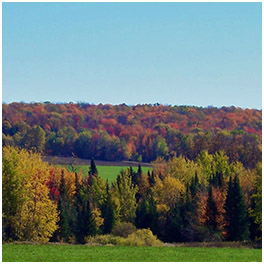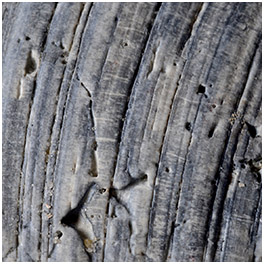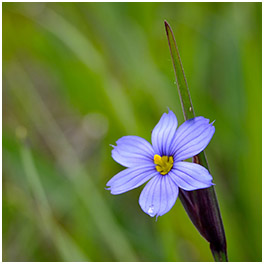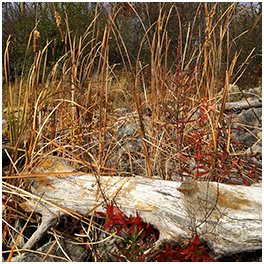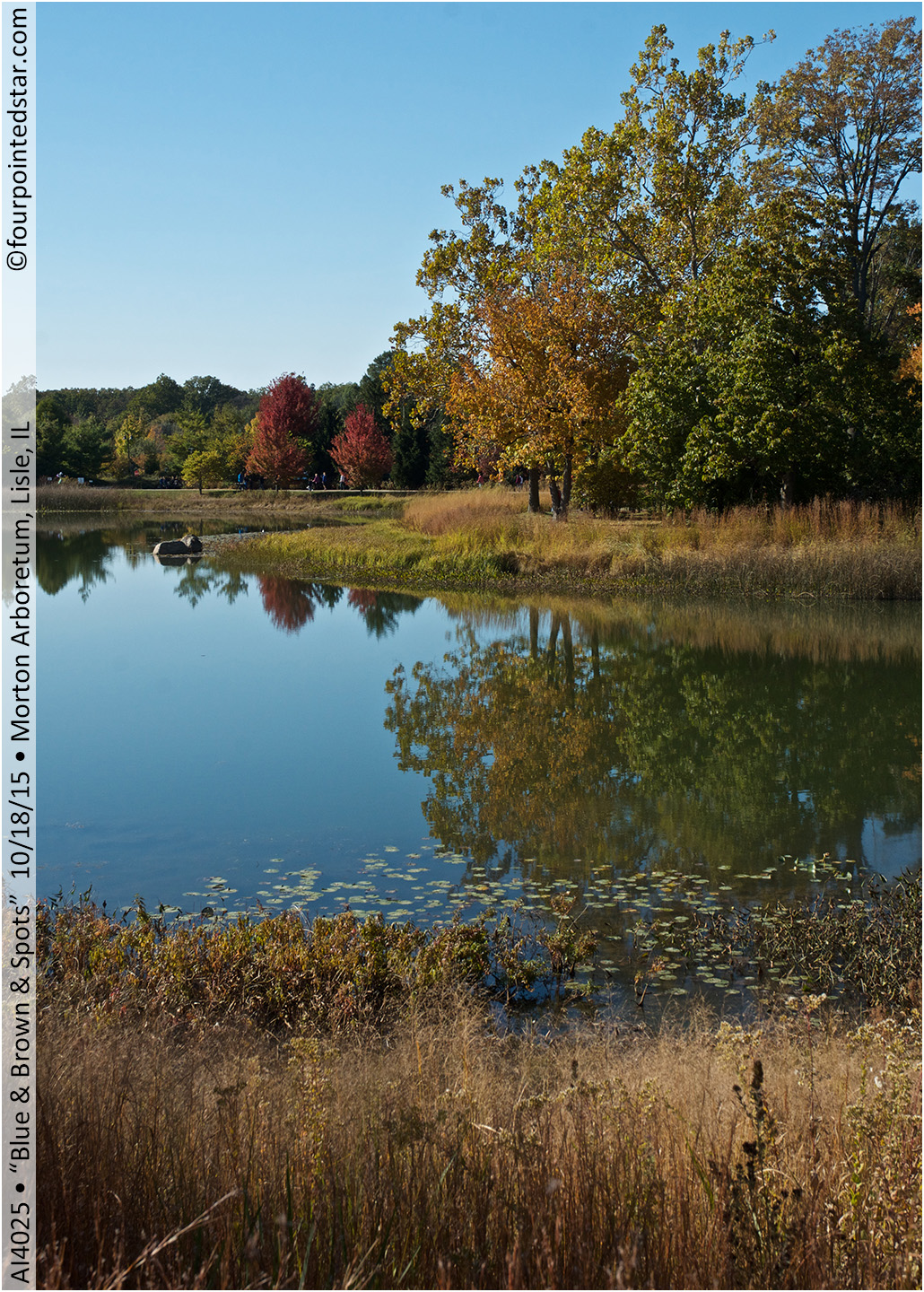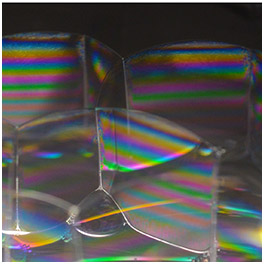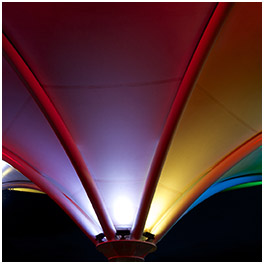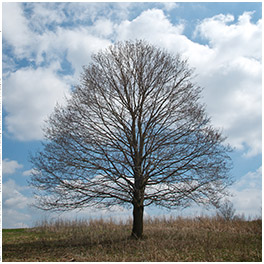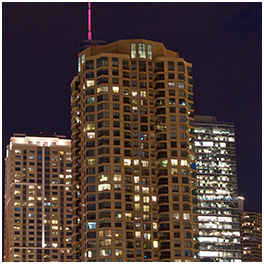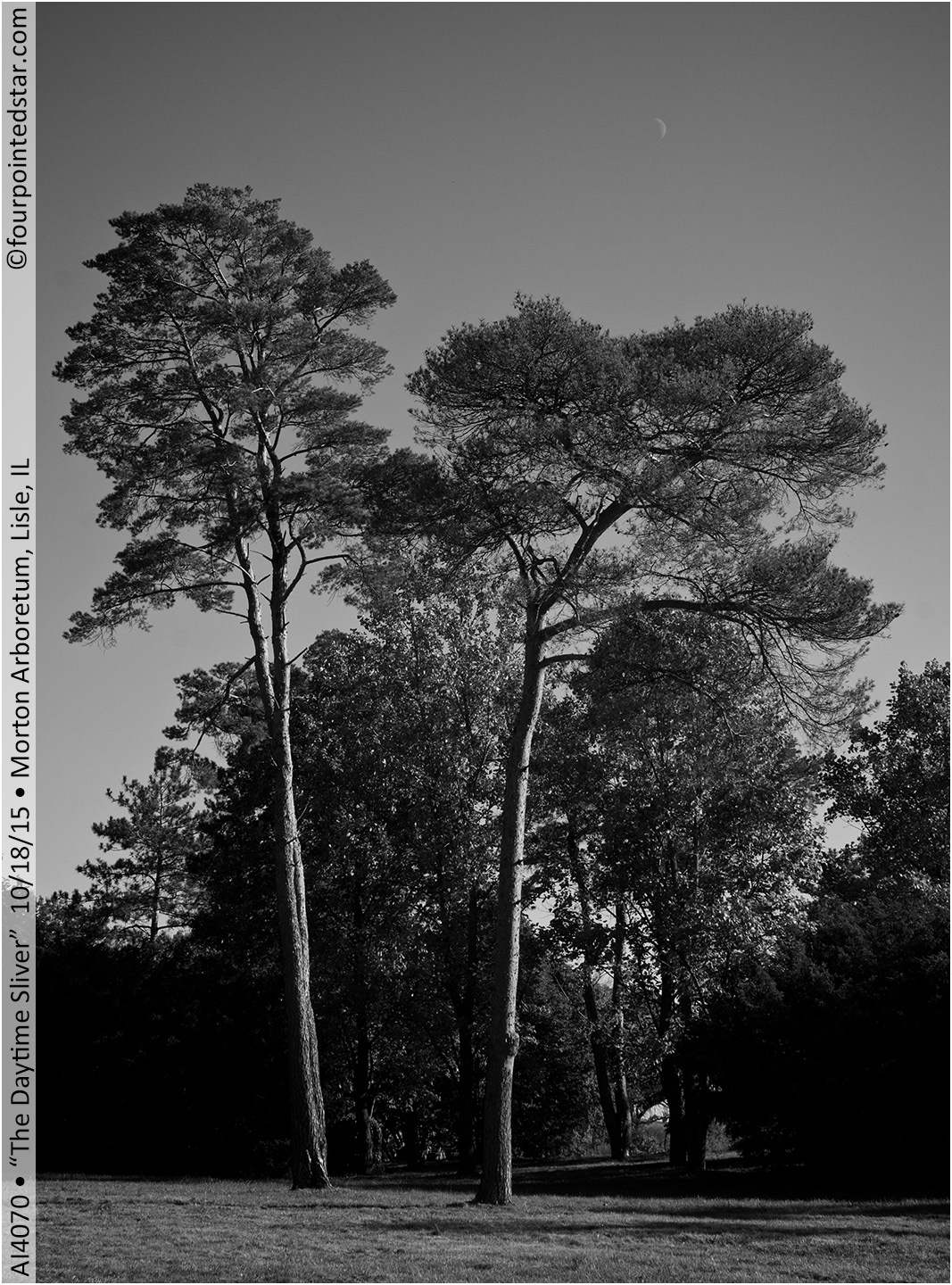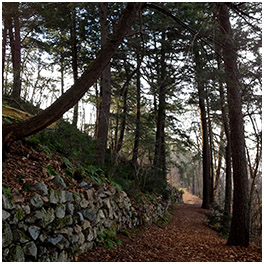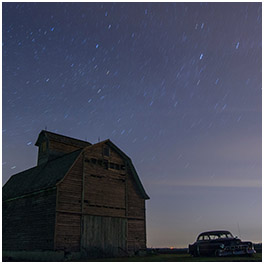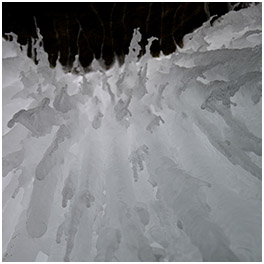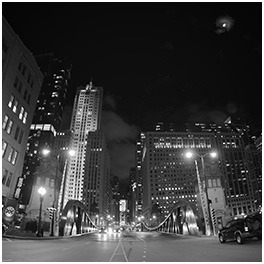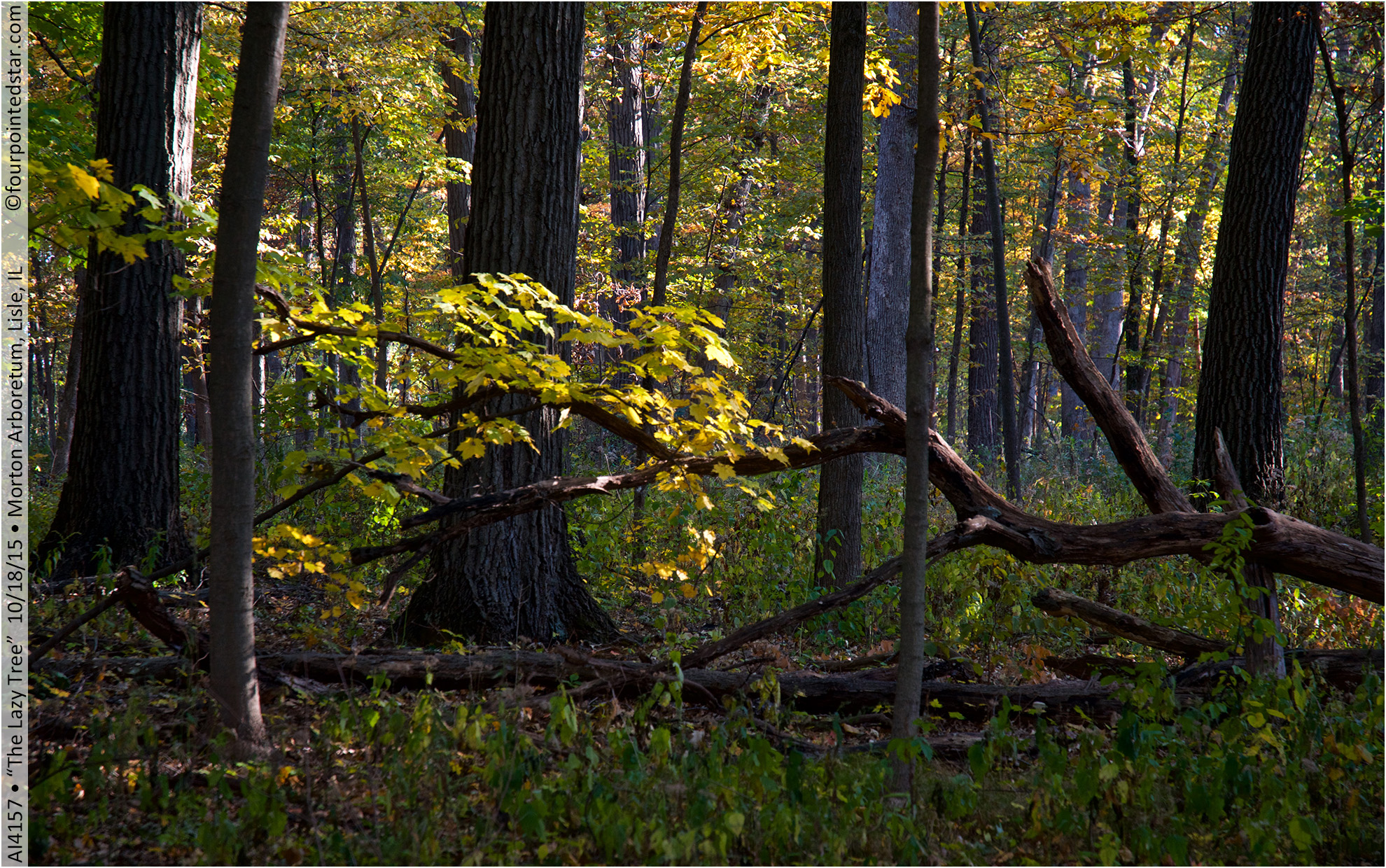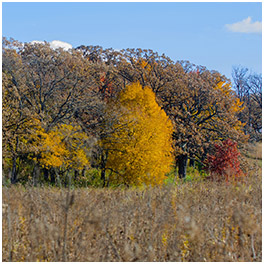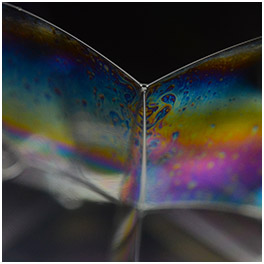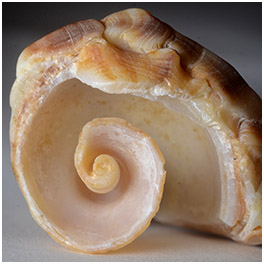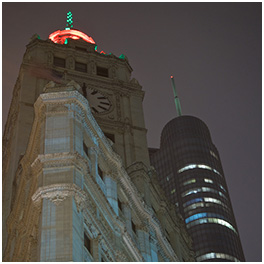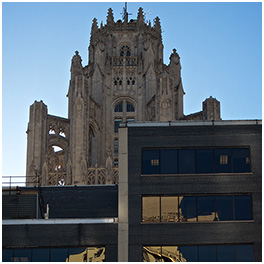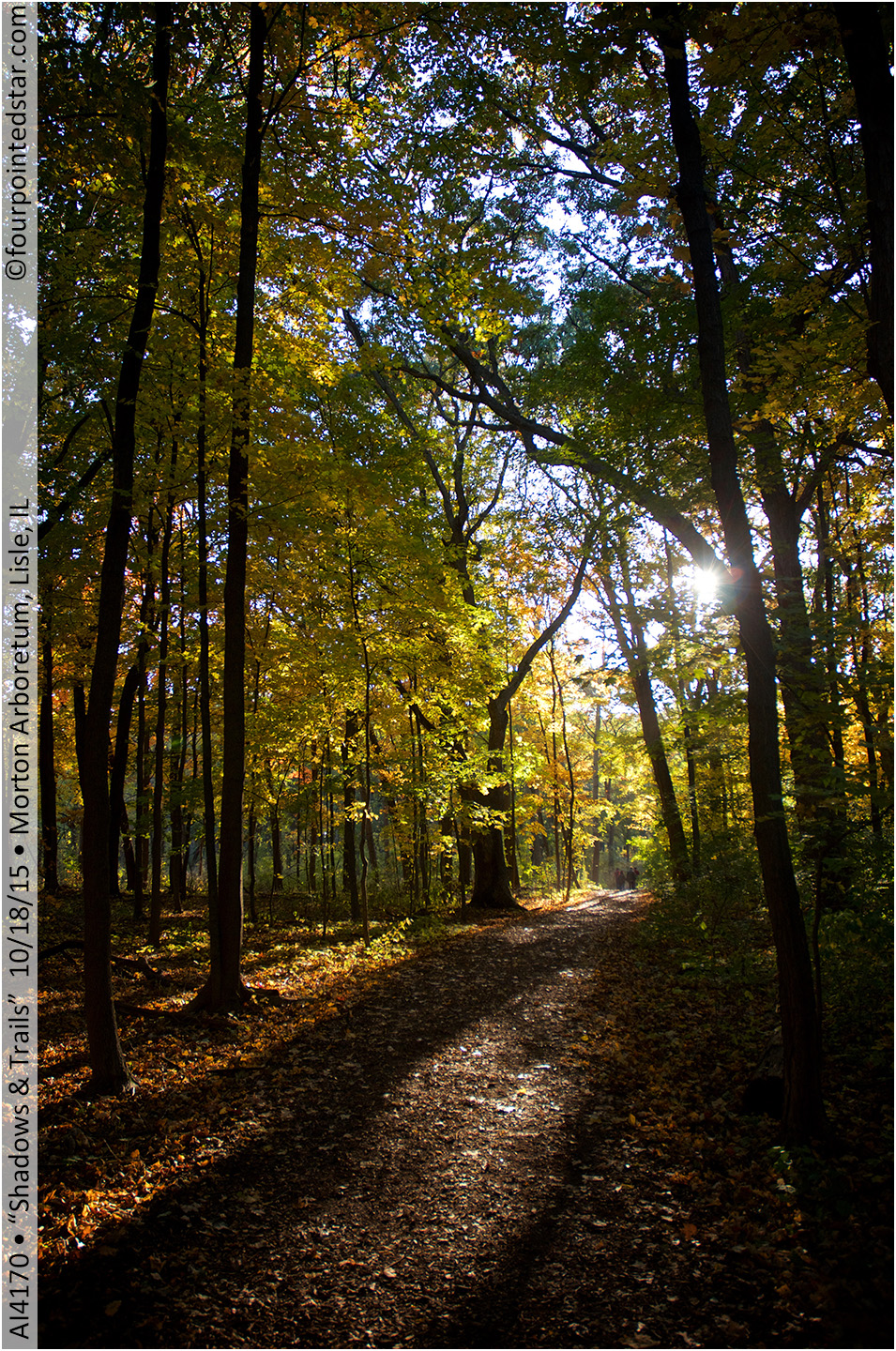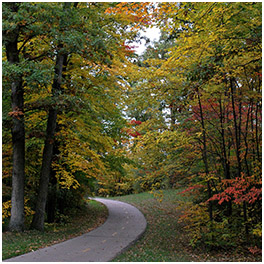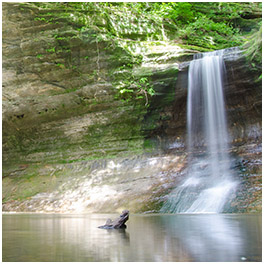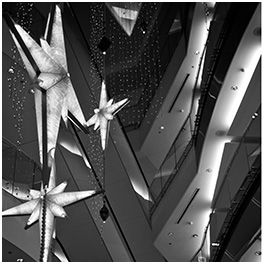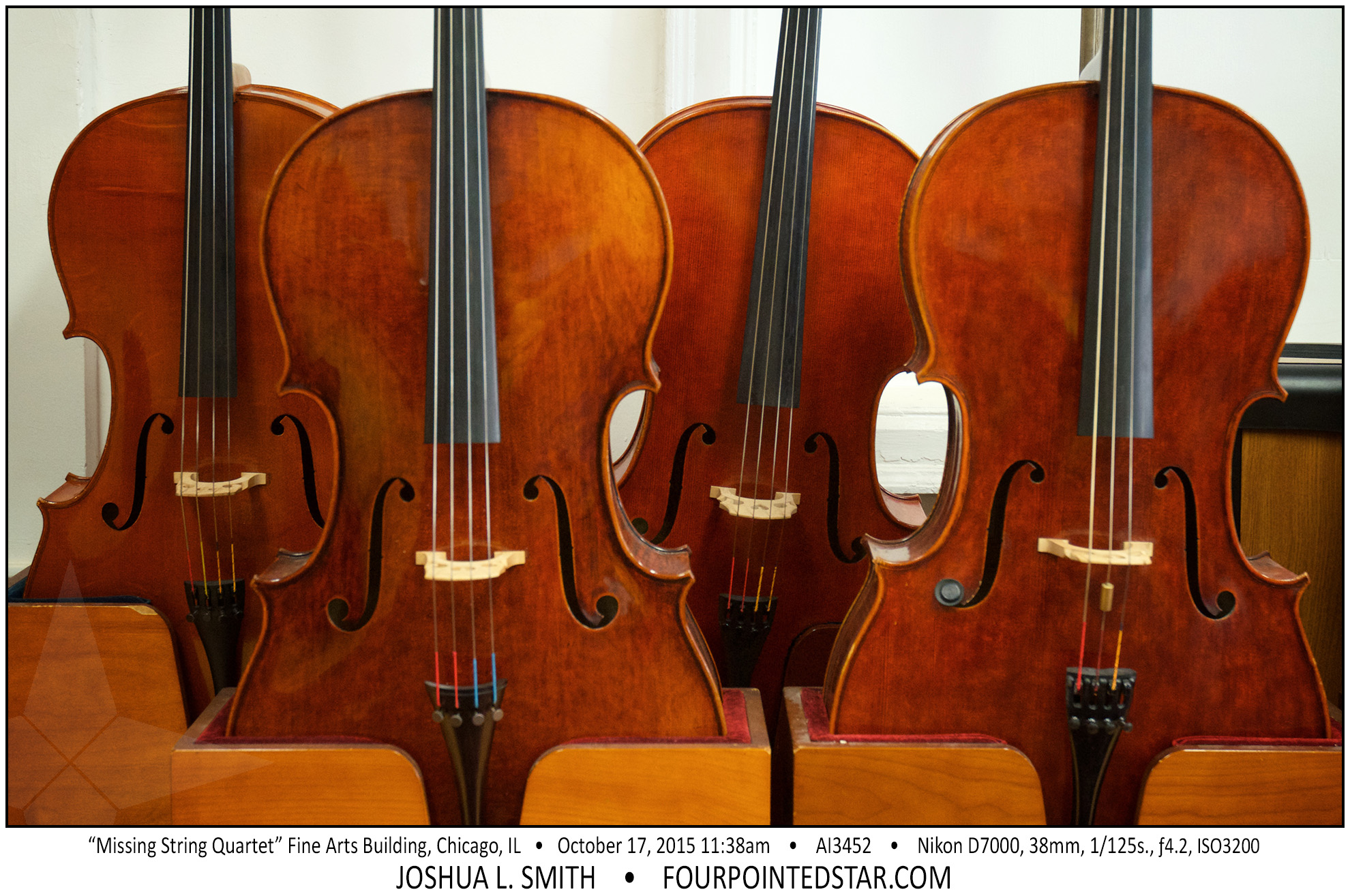
November, 2015 Archives
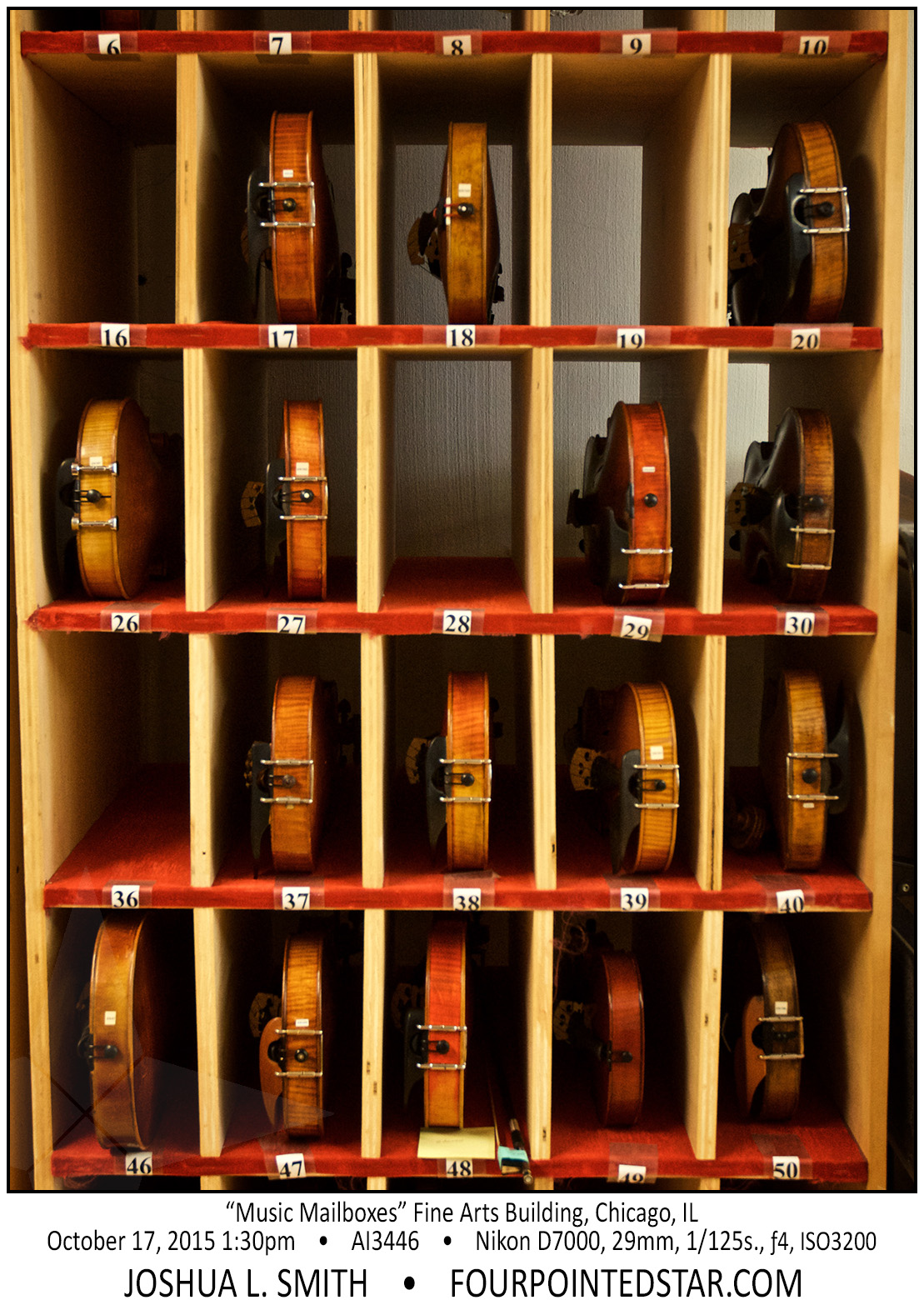


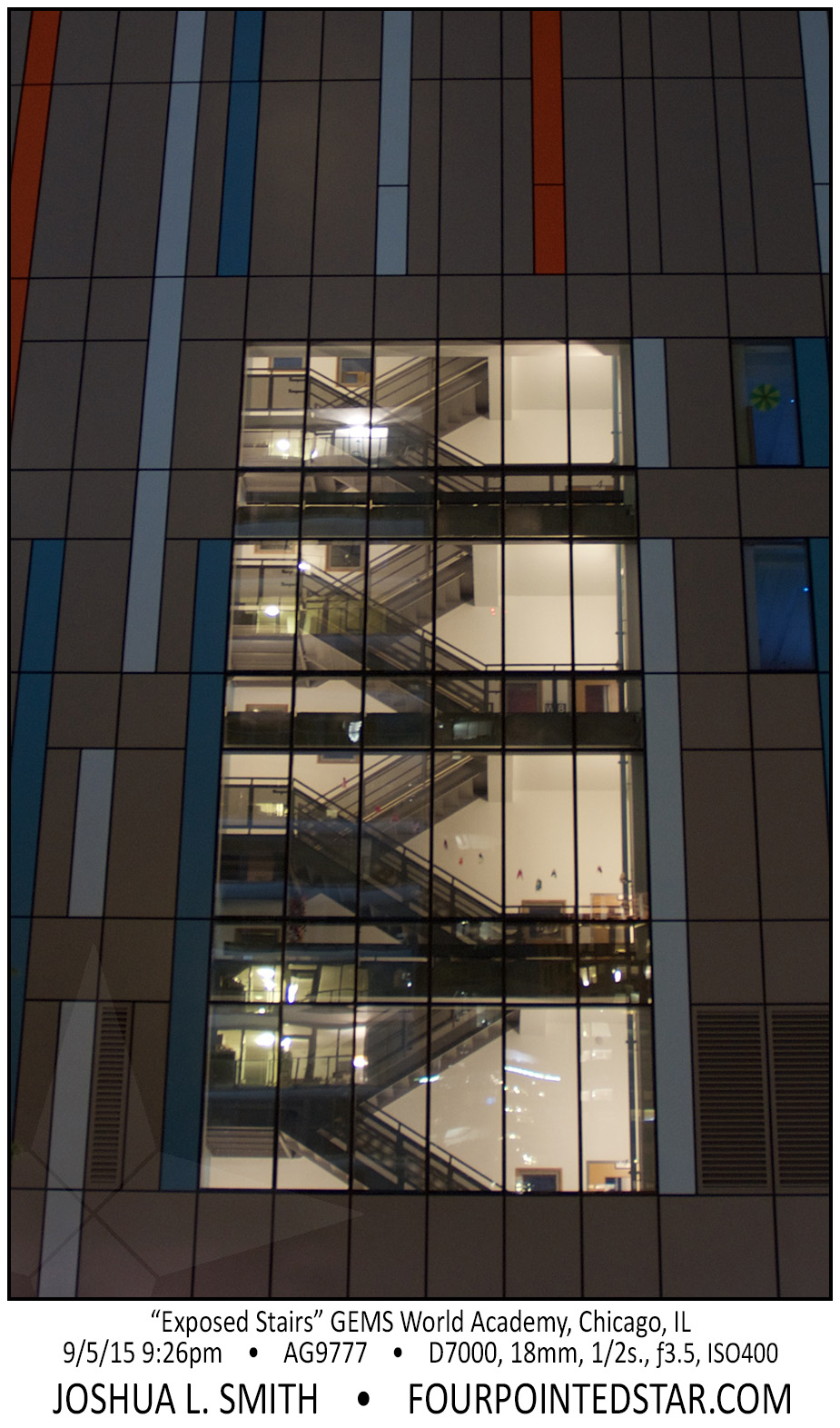
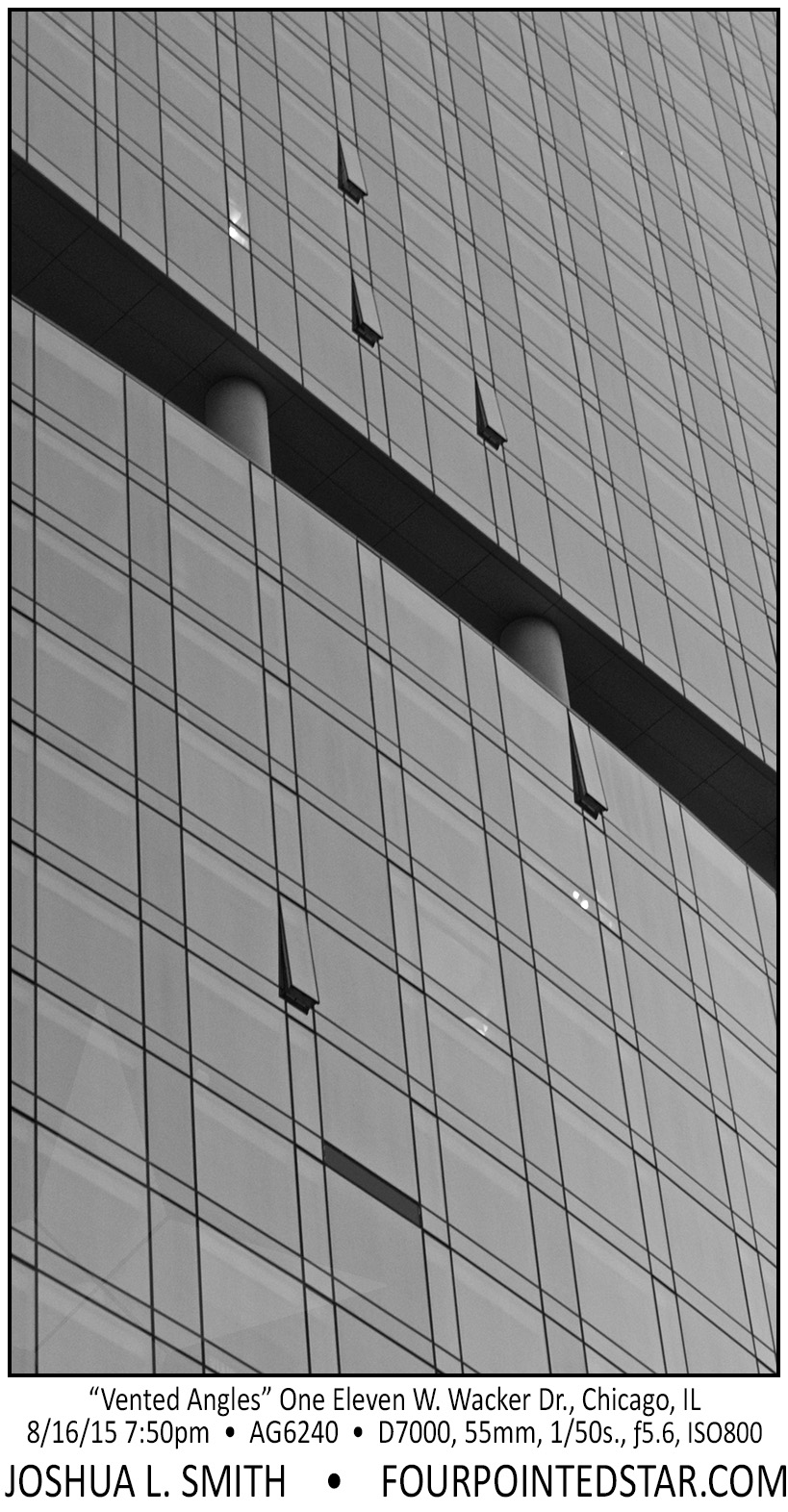
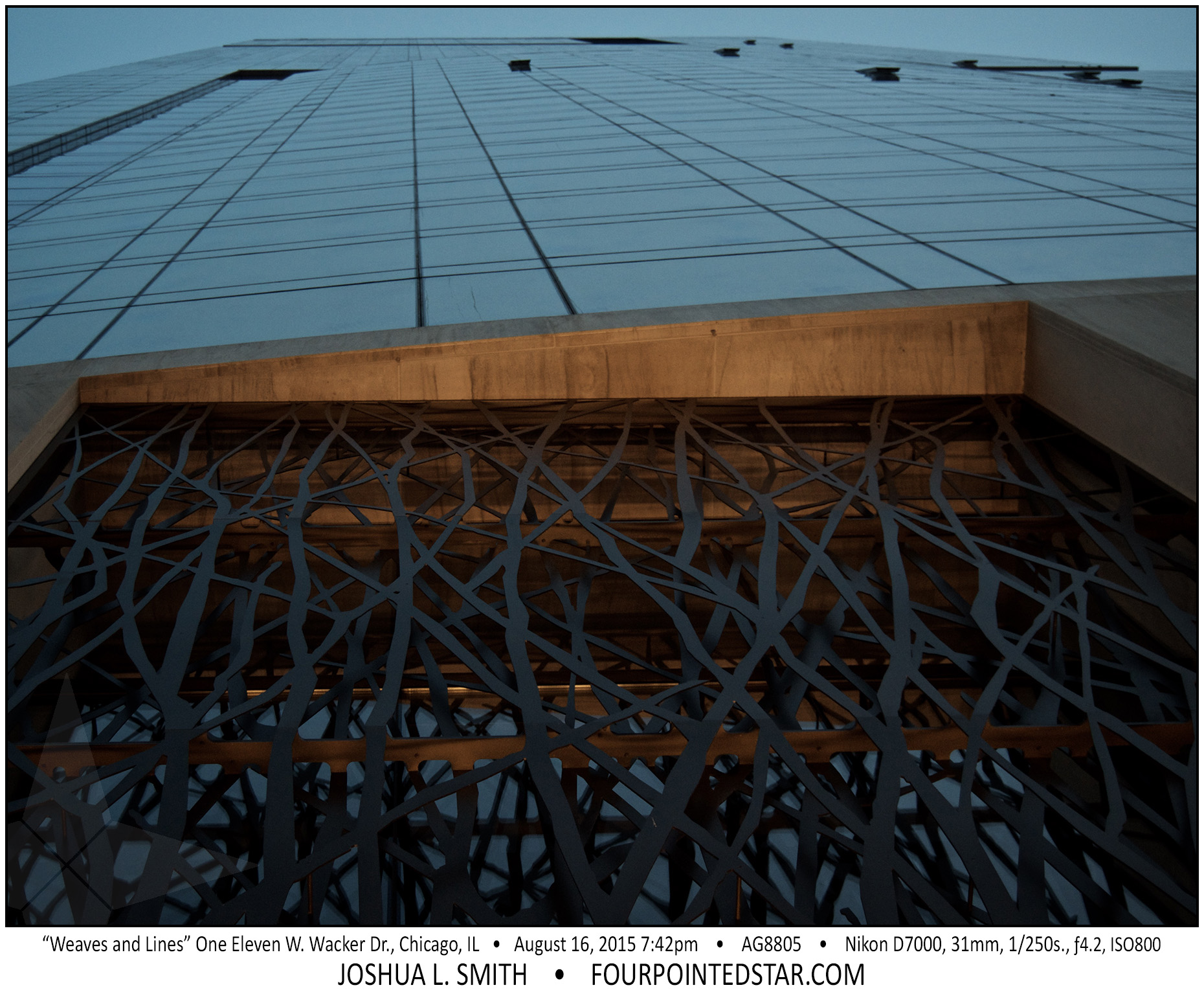



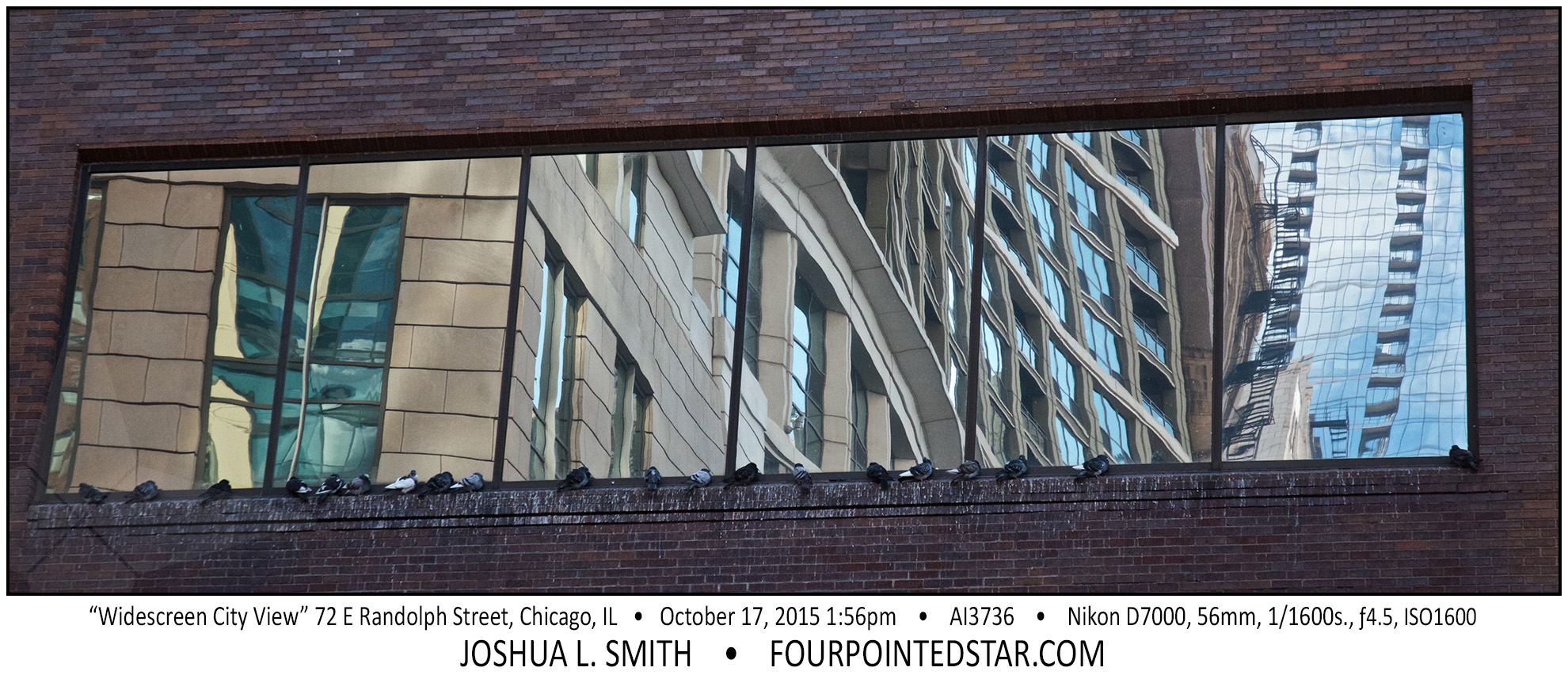





Beauty is in the eye of the beholder, and it’s often difficult to define why something is beautiful for one person and not for another. However, I have found a few general principles that should help you build a better photo:
1. Pick 1 object to focus on. Find a single point of interest, and build your photo around that Subject. If possible, frame your photo so that no other object competes with your chosen Subject.
2. Place that Subject on one of the points described in the Rule of Thirds. There are many fantastic descriptions of the Rule of Thirds, and it’s likely the more pervasive rule in photography.
3. Use leading lines to point to the Subject, or to show motion for the Subject. Leading lines help draw the viewer into the image and center their gaze on the Subject of your image.
4. Fill the frame of your photo with the Subject and objects that compliment the Subject (like leading lines).
Using the suggestions above won’t automatically produce a better image, and there are many times when you can ignore each of the suggestions. Your photograph is an extension of your artistic taste, express yourself and don’t let someone else and their suggestions or rules define your art.
• Joshua L. Smith • November 2015 •
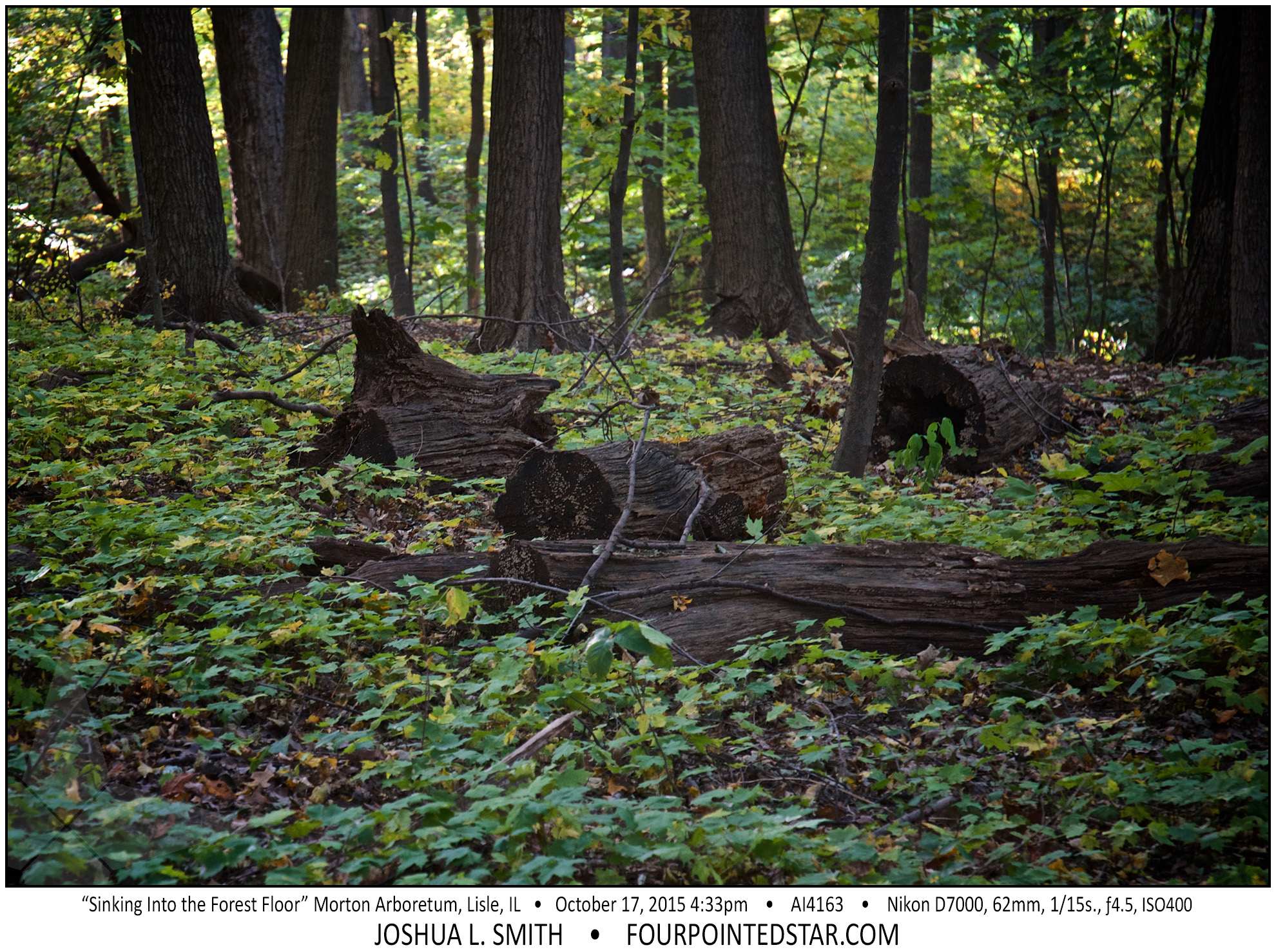
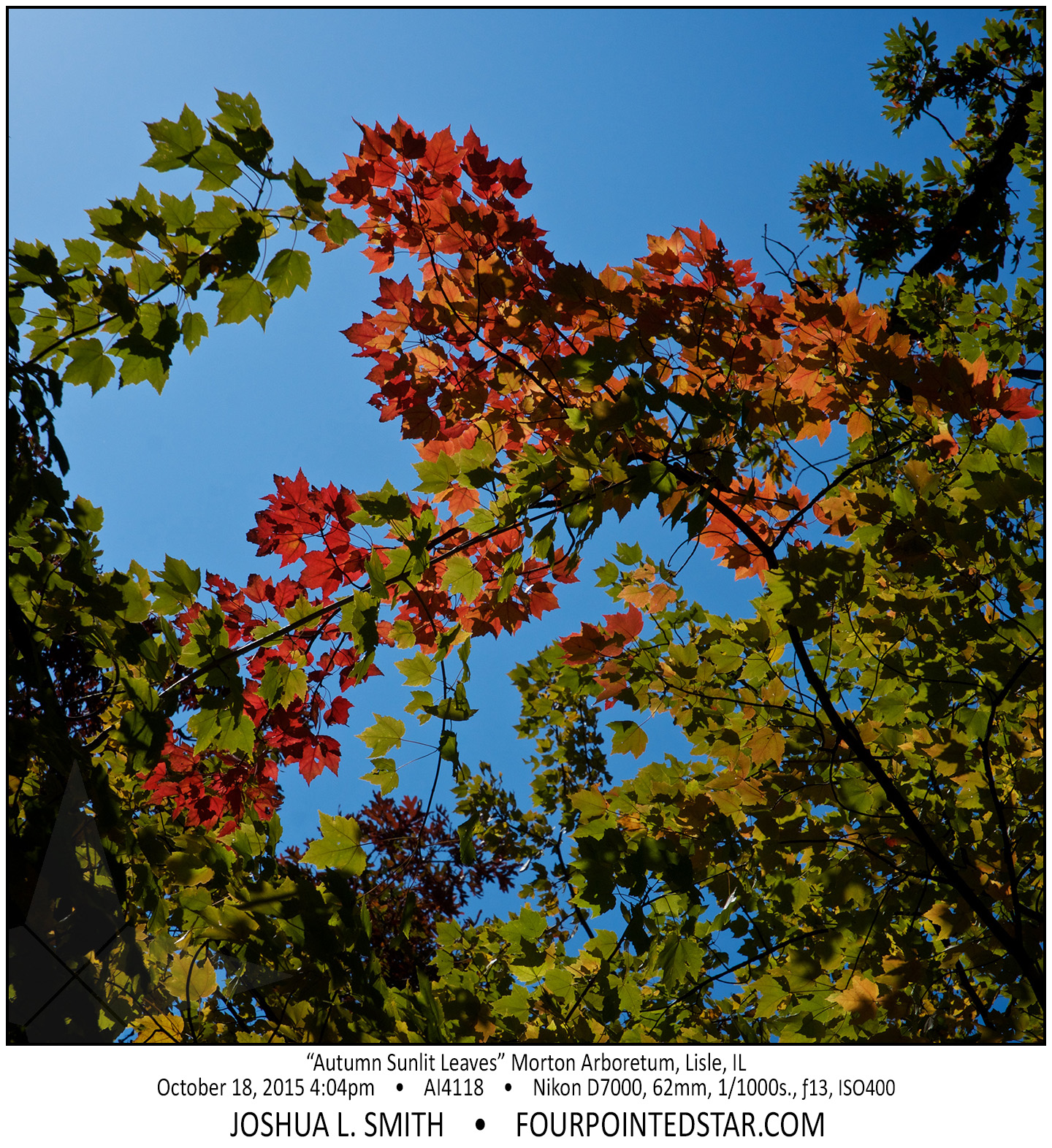
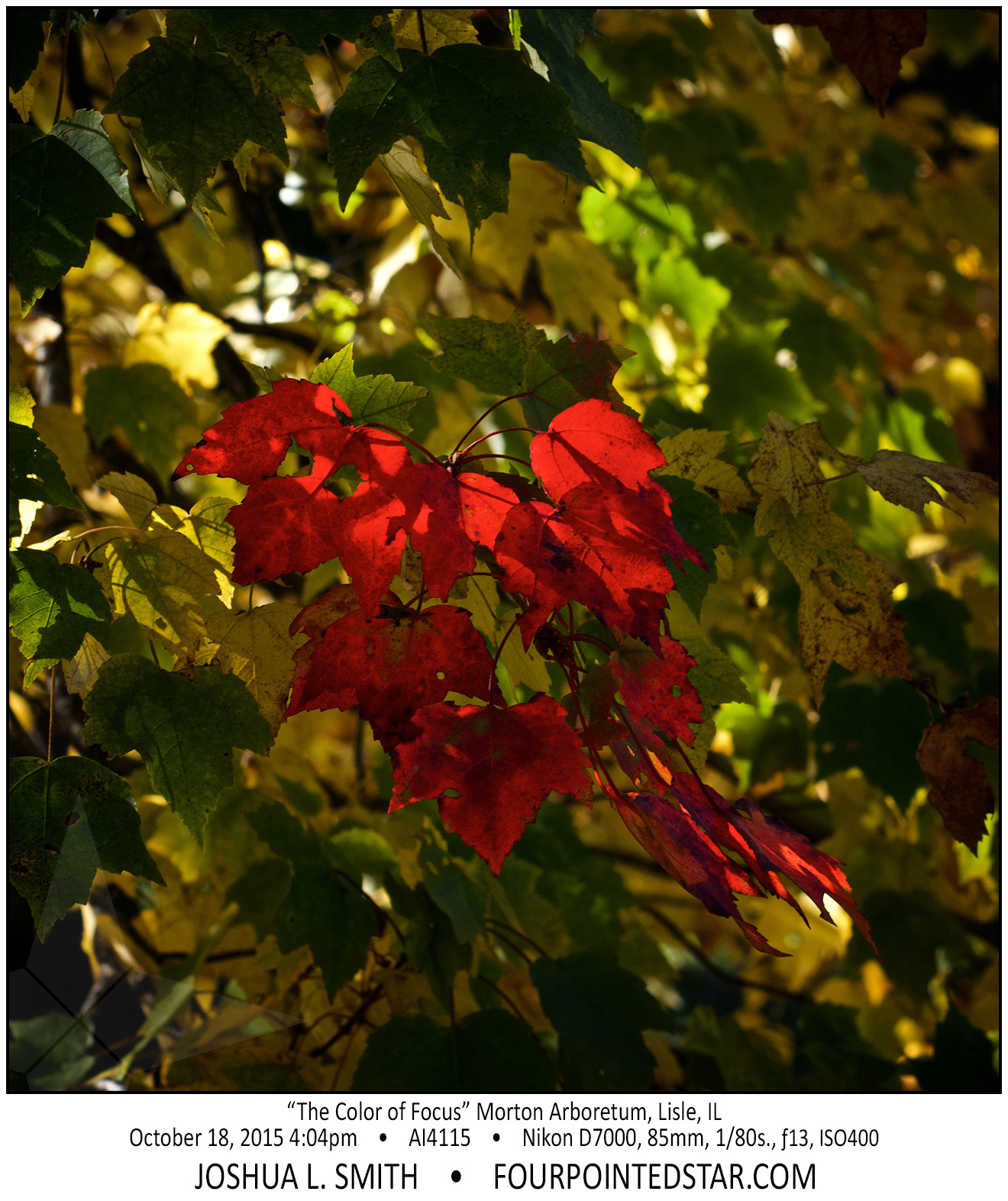
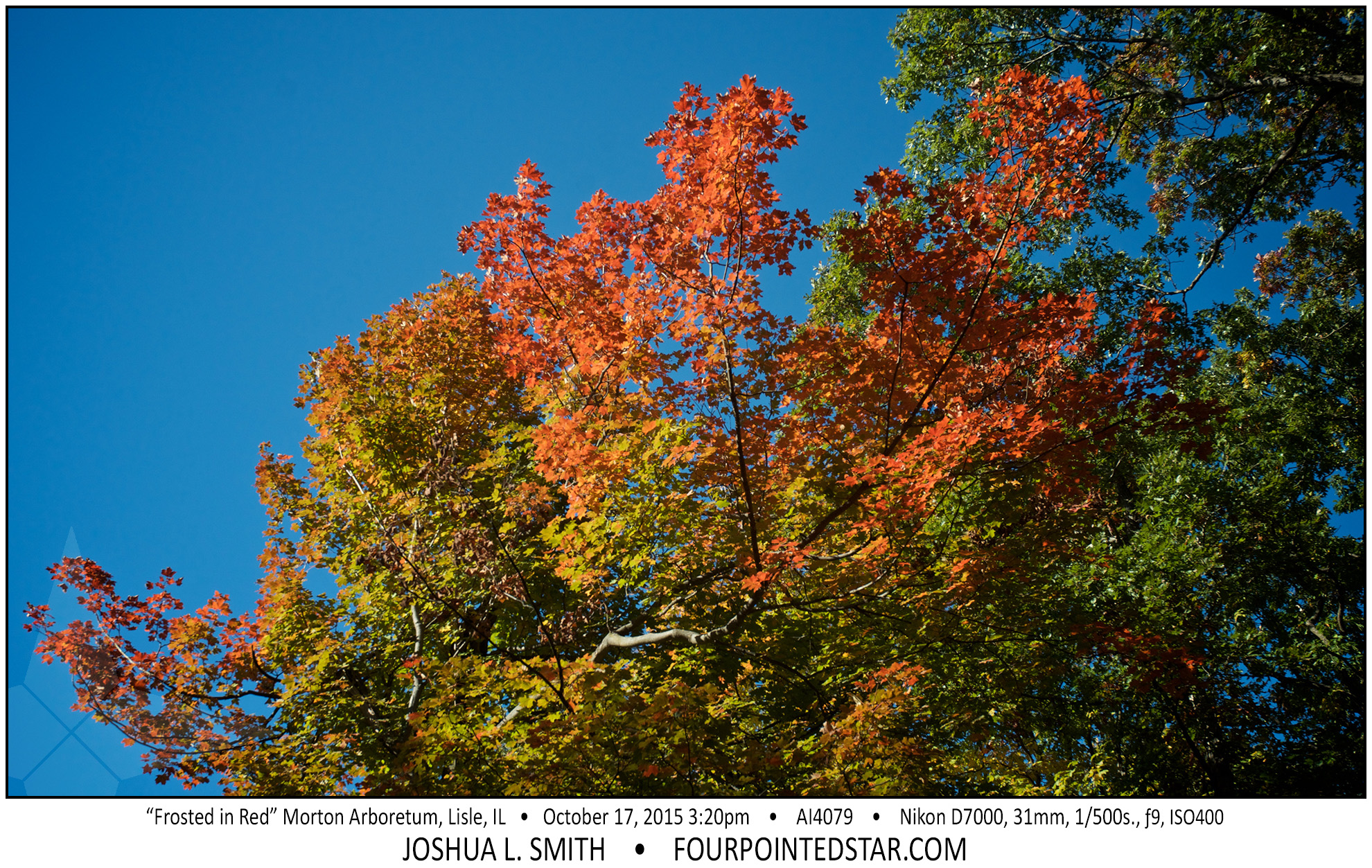
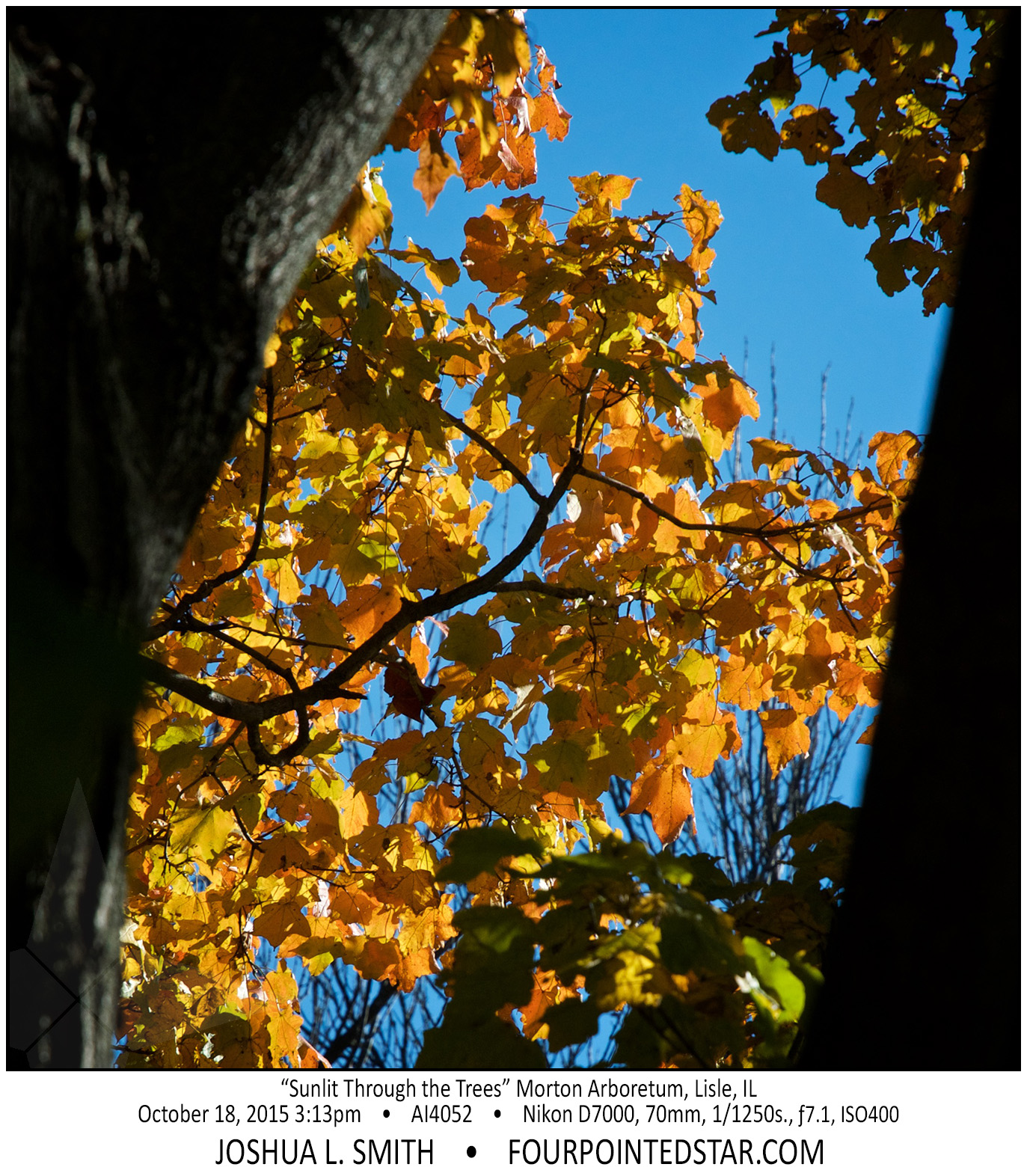
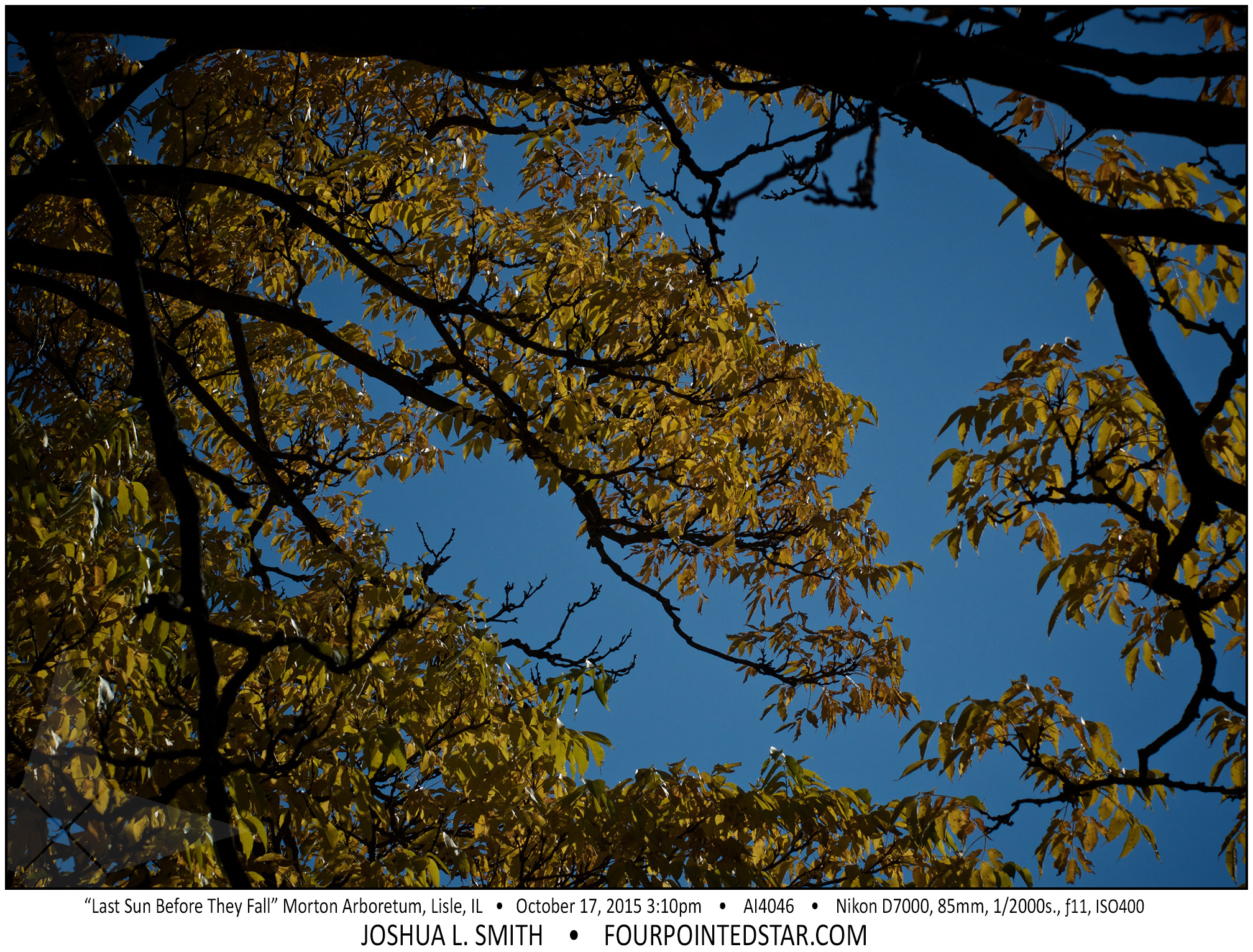
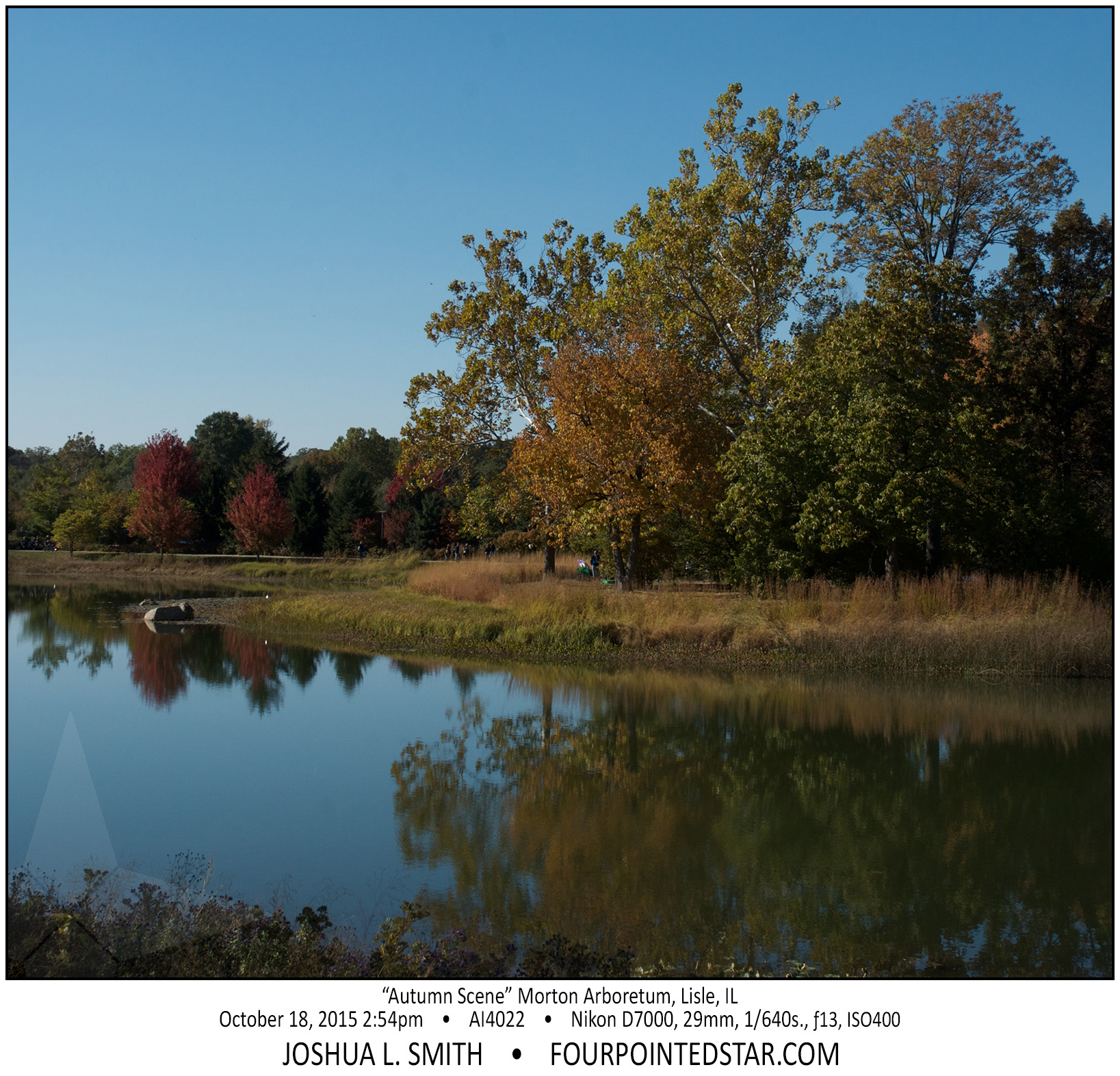
You’re stuck. You like photography, and enjoy capturing the world around you, but you’re not sure how to get started or restarted. Here’s a few tips that might help:
1. Go to a familiar place (town, park, or public building) and take photos that remind you of memories at that location.
2. Collect small objects (shells from the riverside, dry leaves, crayons or marbles) and arrange them. I have quite a few interesting photos on my iPhone of a collection of seashells that I collected from the shore of the Fox River. My daughters enjoy photographing those shells as well.
3. Challenge yourself to take a photo each day that relates to a subject; black & white, bumpy, or ball – it doesn’t matter. Get your creative juices flowing.
4. Choose a subject, location or object and photograph it repeatedly. You could change the scenery, technique, perspective or style for each photo. One of my friends took a photo each month of a particular location in the Chicago Botanic Gardens. Another takes photos of glow bracelets in different scenes. I have a collection of photos of staircases that I’m working on, and with each photo of staircases that I take I learn just a little bit more.
5. Choose an area of personal interest (windmills, sports, children) and build a portfolio. Here’s how I would build a portfolio:
a. Print your 3 best or favorite images from each photography activity.
b. Add them to your portfolio.
c. When your portfolio reaches 15-25 images, remove the weakest images, keeping your portfolio below 15-25 images.
d. Mentally note why those removed images are weaker; perhaps even write that reason down.
If you shoot one activity each month, in 6 months you’ll have a portfolio of your best images; and if you keep up this process, in a year or two, you can look back at the rejected images and see how much you’ve learned and grown.
6. Join a photography club. A few years back, there were very few options for photography clubs, but now that excellent digital cameras are inexpensive and with the popularity of smartphones and Instagram, there are many options photography groups:
– a local Photographic Society of America chapter
– CACCA in the Chicago area (free to attend, pay to compete)
– Join a photography Meetup (most are free)
– Instameets (Instagram gatherings)
– your local library might have a photography club
– even national/state/county parks will often have a photo club
Some groups will focus on meetings and instructional information, some on competition and judging images, while other groups will focus on activities. Try a few out and meet some local friendly photographers.
Photography involves picking up your camera and capturing the world around you; you don’t need to make it more complex than that. So pick up your smartphone, pocket camera, or SLR and capture your world!
• Joshua L. Smith • November 2015 •
